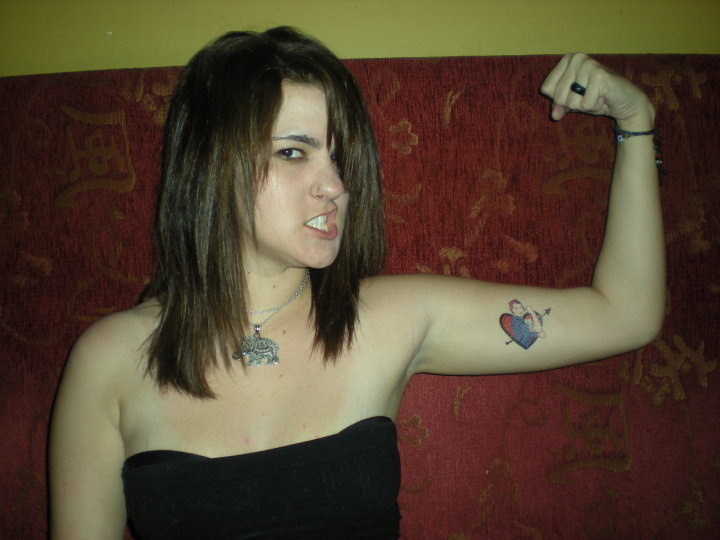Service Learning Proposal
For the effort to create a national women’s holiday.
Rachel Collins
Jessie Gerena
Adam Green
Enrique Irizarry
Kelly Quintero
2/3/10
Jeannina Perez
WST3015-001
Community Partner: The National Organization for Women, UCF Chapter
Contact: Jeannina Perez
Community Partner Mission Statement: According to their website, NOW’s mission is “…to take action to bring about equality for all women. Now works to eliminate discrimination and harassment in the workplace, schools, the justice system, and all other sectors of society; secure abortion, birth control, and reproductive rights for all women; end all forms of violence against women; eradicate racism, sexism, and homophobia; and promote equality and justice in our society.”
Political and/or Social Basis for Organization: NOW is formed on the basis of equality, freedom from sexism, racism, homophobia, and all other types of discrimination. Our view is that the utter lack of any holiday recognizing the fight for women’s rights is a form of discrimination, and as such, falls under the aims listed in NOW’s mission statement.
Memorandum
TO: Jeannina Perez
FROM: Rachel Collins
Jessie Gereno
Adam Green
Enrique Irizarry
Kelly Quintero
DATE: 2/3/10
RE: Proposal to Write a Feasibility Report for the effort to create a national women’s holiday.
This proposal aims to outline the needs, reasons, and feasibility for a service learning project with the intent to create a national holiday for a woman influential within the women’s right movement. Contained within is background on the needs for and benefits of a national women’s holiday, an outline of the work we plan to accomplish, justification for its inclusion in WST3015, and a proposed timeline. This proposal may need to be adjusted after we begin the project, and also needs to be flexible in order to meet the needs of both the project and our community partner.
Need for a national women’s holiday: This project does not have a community partner in the same way that others do. Our community partner is our professor, and our effort spans from student organizations to national organizations and politicians. However, the need for the proposed holiday is clear. There are holidays recognizing many historical and influential figures, such as Martin Luther King Day, yet there are no holidays recognizing women, particularly those who fought and died to secure basic rights of citizenship for women. Such a holiday would promote awareness of the heroic sacrifices of such women, and would demonstrate a movement of our society toward equality and equal recognition.
Plan Proposal: We propose that we will carry out our plan to create a national women’s holiday by formulating a letter detailing our rationale, and send it to student organizations, local, state, and national politicians, national organizations, etc. We will base the letter on legislation that created other similar holidays, such as MLK day. By doing this, we will raise awareness among the community of the need and lack of such a holiday recognizing women. This increased awareness will, we hope, lead to a grassroots effort to create this holiday.
Rationale for Women’s Studies: Women’s studies is concerned with both looking to and shaping the future of the struggle for equality, and honoring and recognizing the contributions and sacrifices that have been made in the past. The holidays recognizing public and historical figures that exist today inspire education because they make common the knowledge surrounding that figure. The fact that there is no such holiday recognizing women such as Alica Paul mean that far too many people in our society are utterly unaware of this crucial knowledge about the progression of women’s rights. Our efforts for the future must be based firmly on a critical understanding and full appreciation of the repercussions of past events.
Action: To begin, Rachel will write a letter detailing the rationale and necessity of this holiday. All other group members will then read and contribute to this letter, and then this letter will be read and finally edited by you, our professor. The rest of the group will be looking up national, state, and local governments, politicians, and student organizations. We will create a Facebook page to promote awareness of our cause. We will then collaborate to distribute our letter to all of these places. We can use the unlimited printing in the honors computer lab to print the letters that we need.
Timeline:
Meet with Nina to discuss the plan on 2/1.
Turn letter in to Nina on 2/5/10.
Create Facebook page – 2/5/10.
Establish definitive list of organizations to send letters to by 2/17/10, then email the ones that we can and send letters to those we can’t by 2/22.
Turn in completed reflection paper on 5/3/10.

